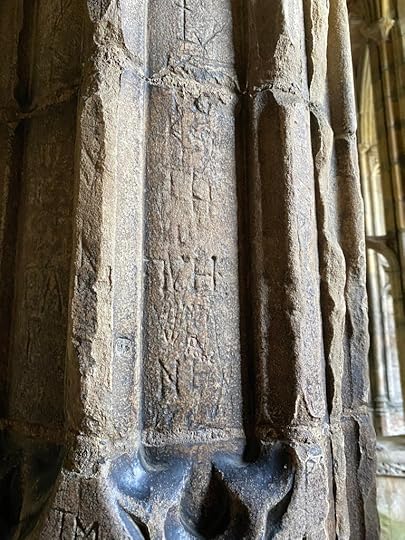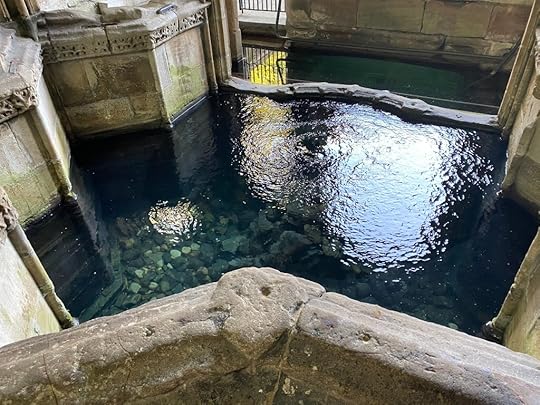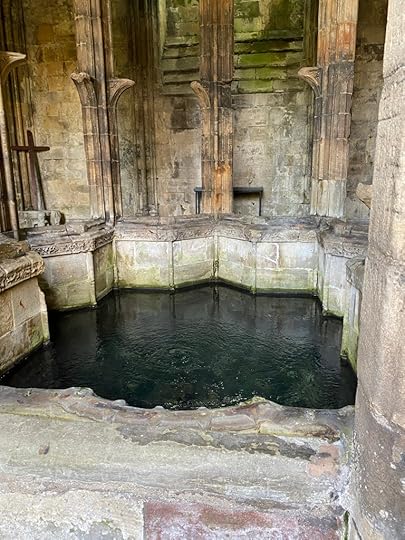Gladstone & St Winefrede




Gladstone’s Library in Wales has always been on my writerly radar. Who wouldn’t want to sleep in a place of books, right?! Just for clarity, rooms are provided, but the actual reading rooms are open to residents all day and after hours, giving you full access not only to a range of historic tomes, but unlimited inspiration between the stacks. Each nook and cranny houses a wee desk for your writing endeavours, and a cannily placed notice will ‘bag’ your chosen spot overnight. Consistency is key to writing- I immediately settle into my work when I know where I’ll be sitting. Must be muscle memory!
The current building, raised in 1902 by public subscription and designed by John Douglas, is the home of Sir William Gladstone’s unique archival collection. In the 1880s, after retiring from politics, Gladstone began transferring his collection to a purpose-built corrugated -iron library in Hawarden village. Scholars would stay in a hostel attached to the library.
The reading rooms are delightfully silent and creaky all at the same time, and the building itself is beautifully designed. I particularly loved the lounge with its roaring stoves and leather couches you can just sink into after a day hunched over the laptop. I was very lucky to be in the company of my buddies Dawn Geddes, Elizabeth Frattaroli and Gillian Duff, wonderful writers all, and the best companions I could have wished for. We ate amazing food (shout-out to Food for Thought and the cafes and pubs of Hawarden) wandered the streets, wrote words and gossiped a lot (quietly, of course…it’s a library. Sssh!) and generally soaked up the atmosphere. After delivering The Legend of Lady Godiva to my publisher the week before, I let myself sink back into my folk horror novel The Back of Beyond. It was like spending time with an old (but rather mysterious) friend.
On the way home, we visited St Winefride’s Well (Welsh: Ffynnon Wenffrewi) a holy well and national shrine located in the town of Holywell in Flintshire, Wales. The patron saint of the well, St Winefride, was a 7th-century Catholic martyr who according to legend was decapitated by a lustful prince and then miraculously restored to life. The well is said to have sprung up at the spot where her head hit the ground. This story is first recorded in the 12th century, and since then St Winefride’s Well has been a popular pilgrimage destination, known for its healing waters. Given my novel is about a sacred well with exactly the opposite effect, it was an interesting visit for me!




If you ever get a chance to visit Gladstone’s Library, go! Society of Authors members receive a discount, which really helps a lot and it was a privilege to be allowed access to such an amazing collection.



